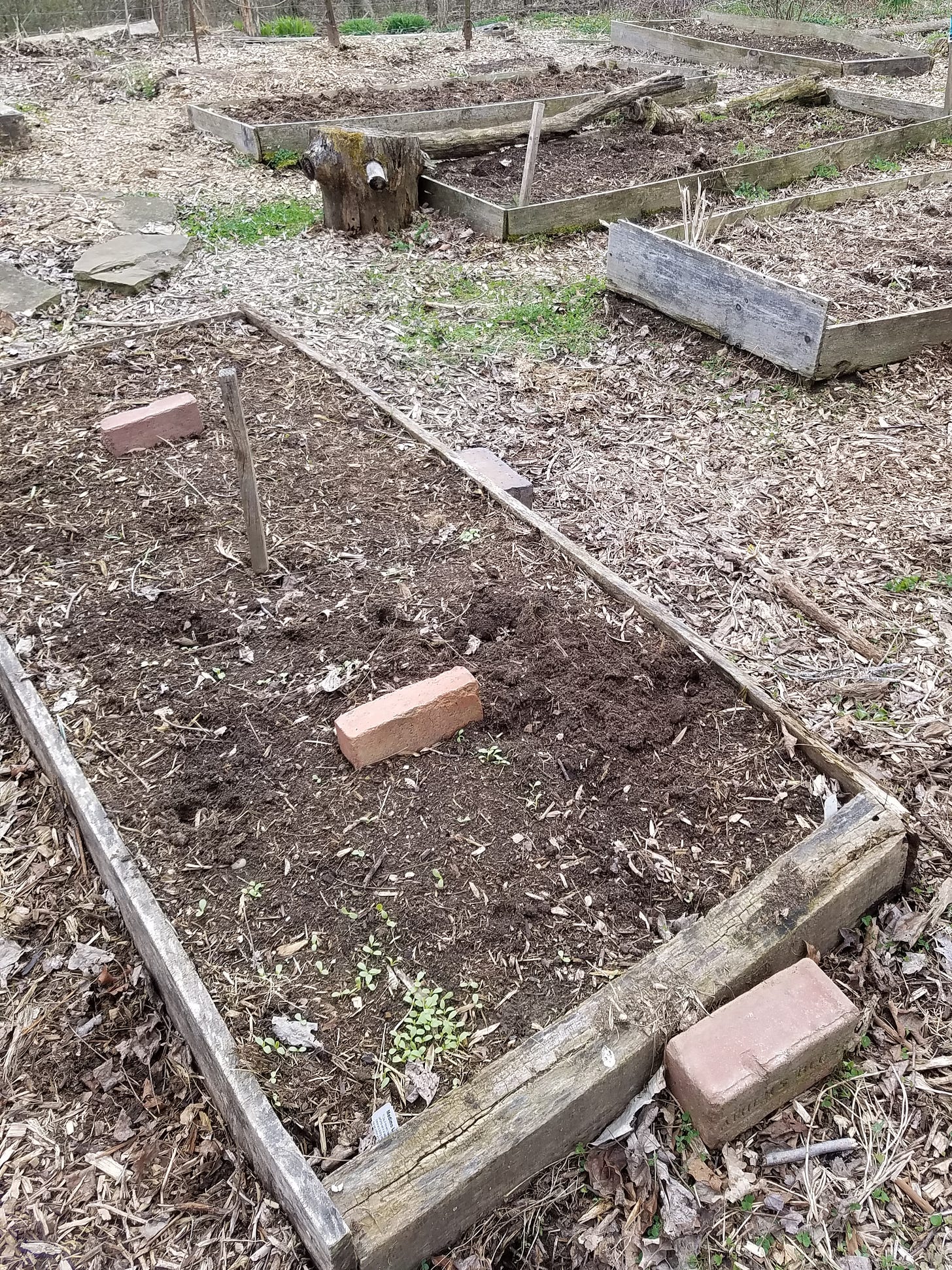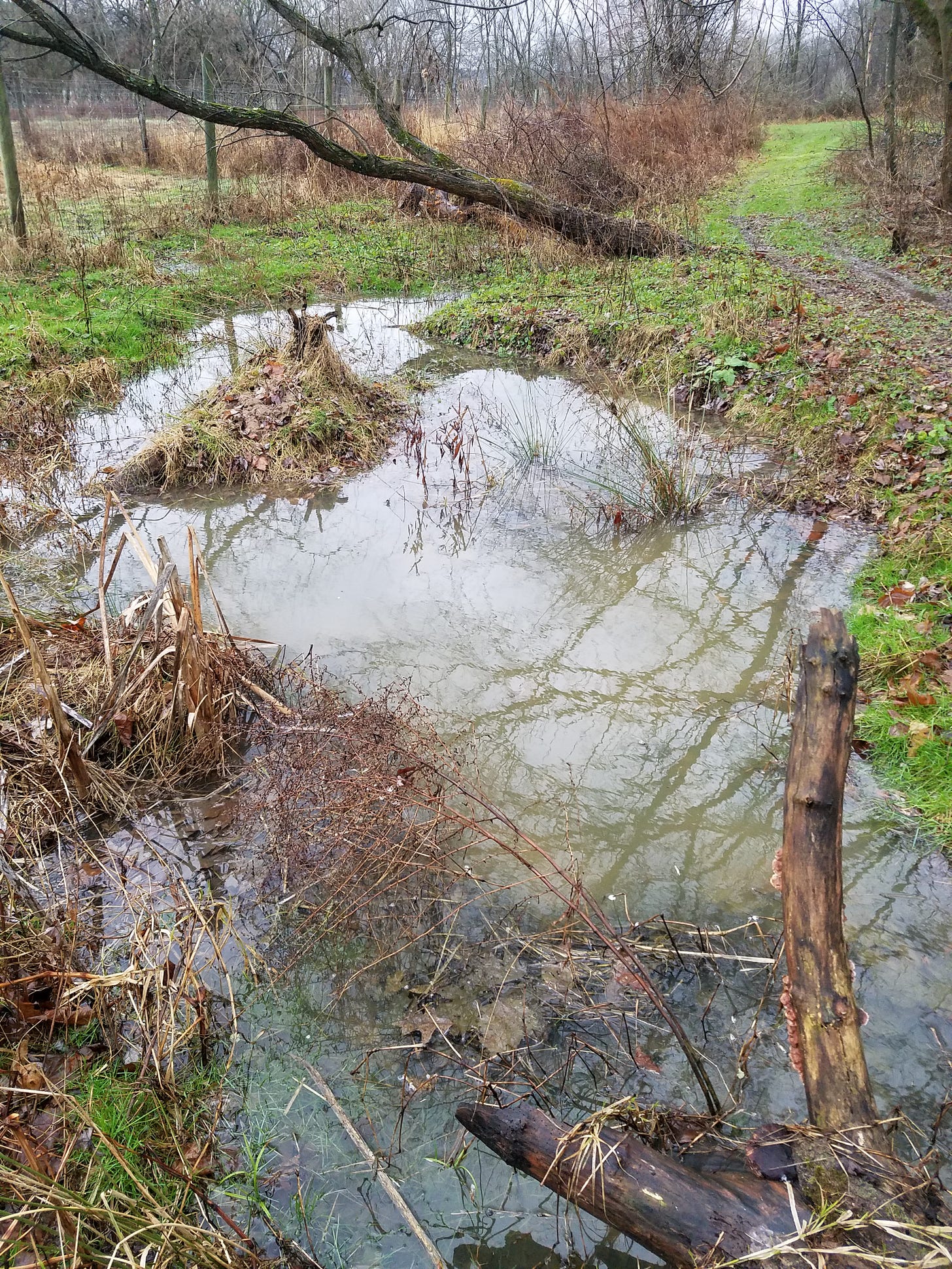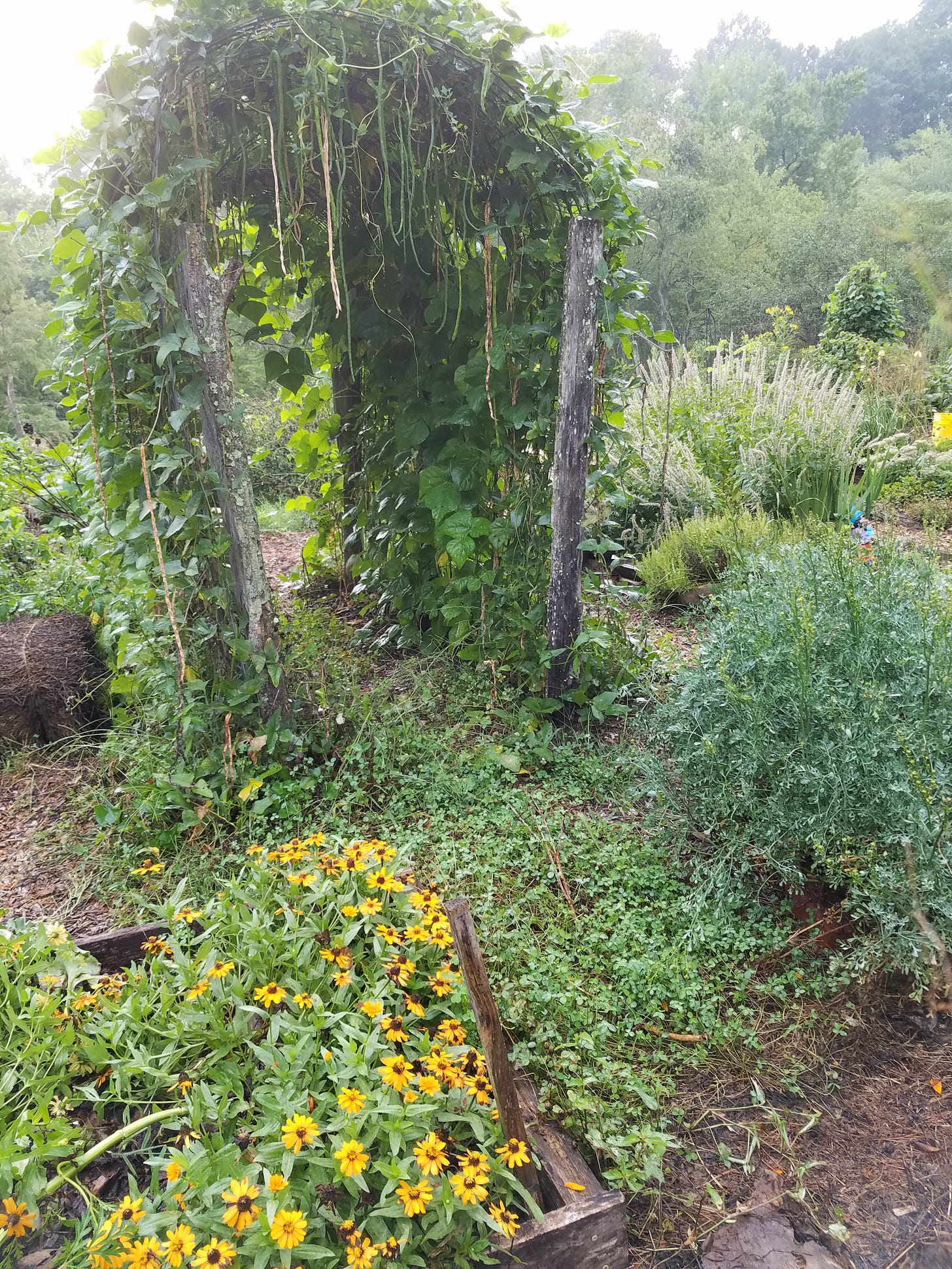Novice Gardening: Water and Earthworks
In a previous post I wrote about understanding trees in order to maximize the potential of your site. Not everyone has room to plant full size trees. What about gardeners seeking to make the most of small lots and feeling constricted due to site conditions? Some aspects of a property can't be changed, but some can be modified to expand the possibilities for growing. Beginners often fall into the trap of looking for that small, appropriate group of plants to fit their perceived narrow range of conditions. “What can I grow in clay? Where it's very wet? When test results say my soil is deficient in x,y, or z?” It's important to understand that you don't necessarily have to accept these conditions and often you can modify the site to better suit your desires. Sometimes what is perceived as a concern is actually a non-issue or even an advantage.
Water is one the most important aspects to consider, so I'll cover it in this post. When the interest in gardening begins, the novice will suddenly pay attention to the state of the soil, especially in spring when the planting bug hits. It's usually extremely wet this time of year in the eastern U.S., which can dismay beginners when they observe standing water in the place they hope to garden. Do not despair! It most likely will not last, so it's best to wait and observe rather than assume you live in a swamp. It's possible that as spring progresses you will discover that your yard is draining adequately and you worried needlessly. If soggy ground persists beyond the date you wish to plant, the easiest option is to give up tilling. Gardening in permanent beds that are just slightly raised will allow you to plant early and solve the problem of wet soil in spring.
There's another compelling reason to avoid tilling: It destroys soil structure leading to long term problems with soil health. If you are adding compost or other amendments (as you should be!) you are working against yourself by tilling because the organic matter will oxidize much more quickly with all that aeration. In practical terms this means it will break down fast and disappear, leaving you back where you started. Establishing permanent beds that you never till is labor intensive at first, but over time results in less work as organic matter builds up, along with all the benefits that come with it.
If your site is truly waterlogged you still have options. If your soil still seems very wet later in the season when consistently warm, sunny weather arrives and there's less rainfall, don't give up. Some homeowners may be satisfied to plant moisture loving plants, but for others simple earthworks may solve the problem. For many, losing the fear of putting shovel to earth to mess with drainage will be the most difficult part of the process.
I don’t really understand this trepidation because playing around in mud and observing water flow is a blast. As long as you break down the work into small parts, you can accomplish a lot. I was able to turn a soggy low-lying area on the farm into two small frog ponds over the course of a year by doing a little each day. This project far exceeds what a typical homeowner on a small lot would need to do. If you can get over the first hurdle and make a start, you might try the following ideas.
Identify a low spot by observing where the biggest puddle forms after significant rainfall. Dig it out, using the excavated soil to raise adjacent areas. The wet area becomes wetter, and can be a rain garden with specialized plants, a frog pond or vernal pool, or merely a shallow grassy depression where water collects during storms. The idea isn't to get rid of the water, it's to concentrate it in one place and allow it to infiltrate at its own pace.
Please note: It's not the digging out of the depression, but the building up of the higher and drier spots that allows you to expand planting areas. When I was digging my first pond I noticed that no matter how deep and wide I dug, the pond kept filling up and the surrounding soil stayed super wet. By using the excavated soil to raise up certain areas, though, I created paths that stayed dry and navigable all the time. Using extra soil to make higher areas in which to plant utilizes the same concept. By doing this you raise the root zone of plants to a good level for drainage.
The solution I described is just one of many. You don't have to dig out one large area. It could be a few smaller low areas, or several parallel ditches with raised areas between. It's even possible to turn the moisture problem into an asset by using the ditches to deliver water to plants during dry times. Or install a liner or sunken tank in your lowest spot to hold water for longer periods to use for irrigation. If you aren't constrained by local ordinances or HOA rules, and you can overcome your resistance to moving earth, you can experiment to discover the best solution for your particular needs.
Coming soon: Why clay soil is the best and I feel sorry for gardeners who don't have it.







